Plumbing Inspection Checklist
Are you tired of dealing with leaky pipes, clogged drains, and running toilets? Well, hold on tight folks, because we’ve got the secret to keeping your plumbing system running smoothly – the plumbing inspection checklist!
What is Plumbing Inspection Checklist?
So, what exactly is a plumbing inspection? It’s a comprehensive evaluation of your home’s plumbing system, performed by a professional plumber. This evaluation includes checking all pipes, fixtures, and appliances, and identifying any potential problems that could cause major headaches down the road.
Why is it so important to have regular plumbing inspections? It’s simple. Regular inspections can help prevent costly repairs, prolong the life of your plumbing system, and ensure that your home remains safe and healthy. By identifying issues early on, you can save yourself the headache of having to deal with a major plumbing disaster down the road.
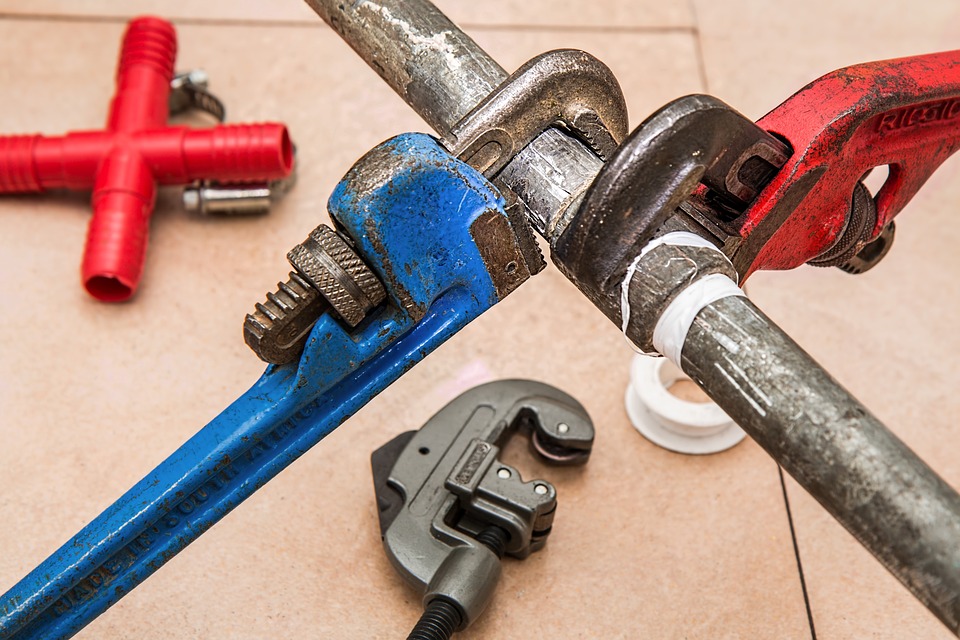
And now, drumroll please, it’s time to reveal the purpose of our trusty plumbing inspection checklist. This checklist will guide you through the entire process of inspecting your plumbing system, from the exterior to the interior, and from the drainage to the water supply. It’s a comprehensive guide that’s designed to keep your plumbing system in tip-top shape!
So, are you ready to dive into the world of plumbing inspections? Buckle up, because it’s going to be a wild ride!
General Overview of the Plumbing System
Most of us don’t give much thought to our plumbing system until something goes wrong. But did you know that a little preventative maintenance can go a long way in avoiding costly repairs down the road? That’s where a plumbing inspection comes in!
Types of plumbing systems
You may be surprised to learn that there are different types of plumbing systems out there! The type of plumbing system you have will determine the components and the overall functionality.
Traditional gravity-fed plumbing system
This system relies on gravity to move water and waste through the pipes.
Pressure-assisted plumbing system
This system uses air pressure to move waste and water through the pipes.
Composting toilet system
As the name suggests, this type of plumbing system composts human waste instead of flushing it down the toilet.
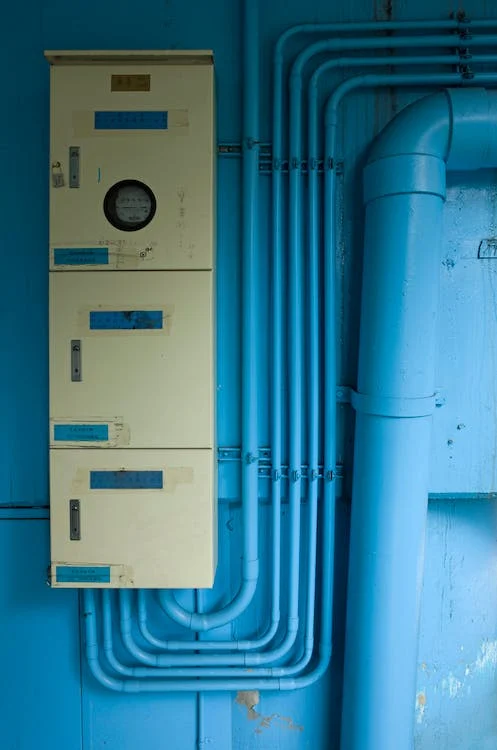
Understanding the components of a plumbing system
Now that you know the different types of plumbing systems, let’s take a closer look at the components that make up a plumbing system. These components include:
- Pipes – These transport water and waste throughout the system.
- Faucets and valves – These control the flow of water.
- Water heater – This heats up water for showers, washing dishes, and more.
- Toilet – This flushes away waste.
- Sump pump – This helps prevent basement flooding.
Each component plays a crucial role in the overall functioning of the plumbing system. So, it’s important to make sure each component is functioning properly. Regular plumbing inspections can help catch any potential problems early on, saving you time and money in the long run.
Plumbing systems can be complex, but understanding the different types of systems and the components that make up a plumbing system can go a long way in preventing problems down the road. So, next time you’re taking a shower or flushing the toilet, take a moment to appreciate the amazing world of plumbing!

Checklist for Plumbing Inspection
Exterior Inspection
The first step in your plumbing inspection is to check the exterior of your home. This includes looking for any leaks and cracks in pipes, checking the slope of your drainage system, and inspecting your sump pump.
Check for leaks and cracks in pipes
One of the first things you should look for during an exterior inspection is any leaks or cracks in your pipes. This can be a serious problem as it can lead to water damage and potential flooding. So, keep your eyes peeled for any signs of trouble.
Check for proper slope in the drainage system
Another important aspect to check for during an exterior inspection is the slope of your drainage system. It’s important to make sure the pipes slope downward towards the sewer system to prevent any backups or blockages.
Inspect the sump pump
Your sump pump is your first line of defense against basement flooding. Make sure it’s functioning properly and has a battery backup in case of a power outage.
Check for proper venting of the sewer system
Be sure to check the sewer system to make sure it’s properly venting. This will prevent any unpleasant odors or backups from happening in your home.

Interior Inspection
Next up on our inspection list is the interior of your home. This includes checking for leaks and cracks in pipes, water pressure and temperature, inspecting your water heater, and making sure your faucets and valves are functioning properly.
Check for leaks and cracks in pipes
Just like we did for the exterior, we need to check for leaks and cracks in pipes inside your home. This is especially important for pipes located in your basement, attic, or crawl space.
Check water pressure and temperature
You’ll want to check the water pressure to make sure it’s in the recommended range. You’ll also want to check the temperature to make sure it’s hot enough for showers and hot water usage.
Inspect the water heater
Your water heater is a critical component of your plumbing system. Make sure it’s functioning properly and check for any leaks or rust.
Check for proper functioning of faucets and valves
Make sure your faucets and valves are working as they should. This includes checking for any leaks or drips, and making sure they’re not stuck in place.
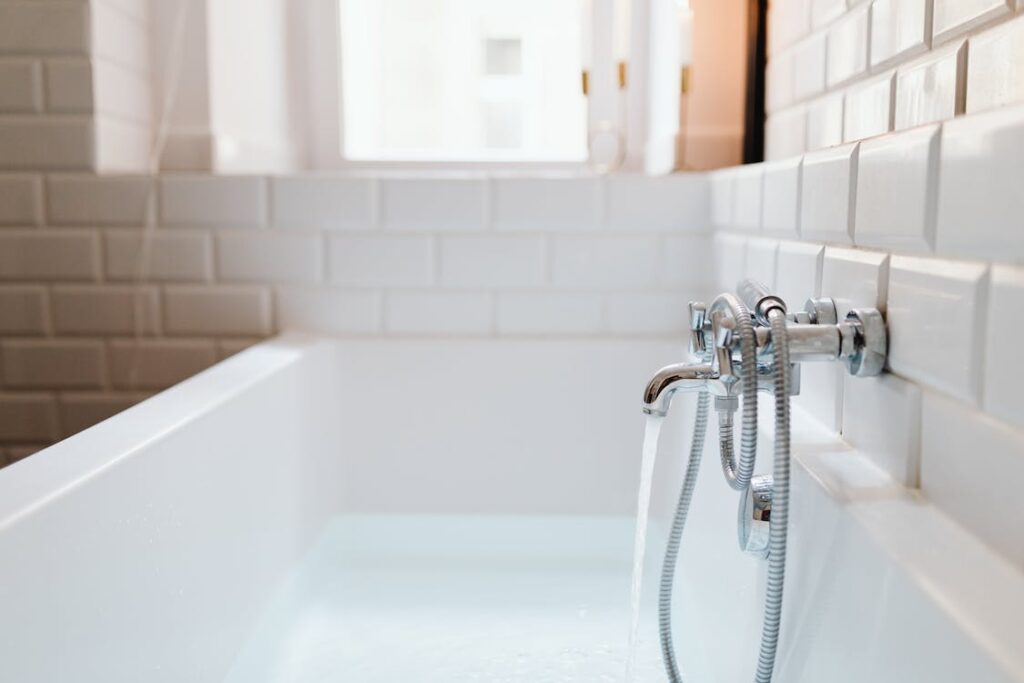
Drainage Inspection
Next up on our inspection list is the drainage system. This includes checking for clogged or slow drains, proper sewer venting, leaks in the sewer system, and proper slope in the drain pipes.
Check for clogged or slow drains
One of the biggest headaches in a plumbing system is clogged or slow drains. To avoid this, be sure to check all your drains regularly to make sure they are flowing freely.
Check for proper sewer venting
Proper sewer venting is essential for preventing backups and unpleasant odors. Check to make sure your sewer system is properly venting and there are no blockages.
Inspect for leaks in the sewer system
Just like with the other parts of your plumbing system, it’s important to check for leaks in your sewer system. These leaks can lead to serious problems if not addressed.
Check for proper slope in the drain pipes
The slope of your drain pipes is important for ensuring that waste water flows properly. Make sure the pipes slope downward towards the sewer system to prevent any backups or blockages.
Water Supply Inspection
Last but not least, it’s time to inspect your water supply. This includes checking for proper water pressure, leaks in the water supply lines, cross-connections, and inspecting the water meter.
Check for proper water pressure
Just like with the other aspects of your plumbing system, it’s important to make sure the water pressure is in the recommended range.
Check for leaks in the water supply lines
Check for any leaks in your water supply lines to avoid any water damage or waste.
Check for cross-connections
Cross-connections can be a serious problem in your plumbing system. Make sure there are no cross-connections between your potable and non-potable water supply lines.
Inspect the water meter
Now, take a look at your water meter to make sure it’s functioning properly. This will help you to keep track of your water usage and avoid any potential problems down the road.
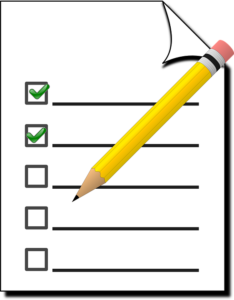
And that’s it! You’ve completed your plumbing inspection checklist! With these tips and tricks, you’ll be able to keep your plumbing system in tip-top shape and avoid any headaches down the road. So get out your tools and get to work! Happy plumbing!
Importance of Regular Plumbing Inspections
Plumbing is a crucial part of any household or commercial building, but it’s also a part that often gets overlooked. We use the sink, toilets, shower and other plumbing fixtures multiple times a day without ever giving it a second thought. However, it’s imperative to keep an eye on the plumbing system and make sure everything is in tip-top shape. A plumbing disaster can disrupt your daily life and also cost a fortune in repairs. That’s why regular plumbing inspections are a must.
Think about it this way, you wouldn’t wait until your car breaks down to get it serviced, would you? Similarly, it’s wise to regularly inspect your plumbing system to avoid any unexpected surprises. During a plumbing inspection, a professional will check for leaks, clogs, proper water pressure, and more. Catching these issues early can save you a lot of time, money and headaches in the long run.
Why You Must Have an Annual Plumbing
We recommend having an annual plumbing inspection, at a minimum. This way, you can ensure that your plumbing system is working correctly and identify any potential issues before they become bigger problems. You can also use the plumbing inspection as an opportunity to make upgrades or renovations to your plumbing system. An annual plumbing inspection is a small investment in the health of your plumbing system that can pay off big time in the long run.
In conclusion, it’s essential to keep your plumbing system in good shape. Regular plumbing inspections can help you avoid costly repairs, prevent plumbing disasters and keep your home or business running smoothly. Don’t wait for a problem to occur, make sure to schedule an inspection today!
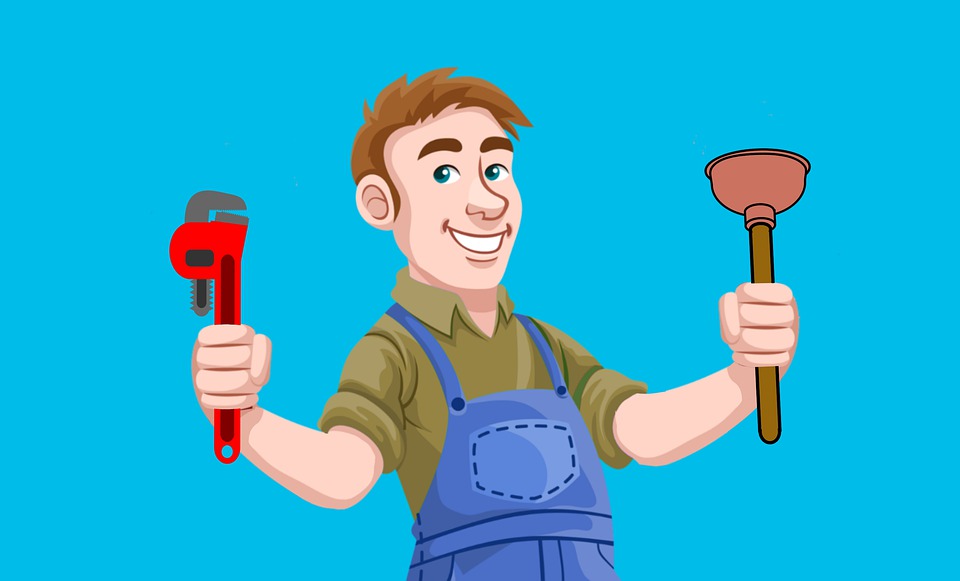
We hope that our plumbing inspection checklist has given you a good idea of what to look for during an inspection. Remember, it’s always better to be proactive and catch issues early, rather than waiting until they become bigger problems. With regular plumbing inspections, you can rest assured that your plumbing system will be functioning properly, and you can focus on more important things in life. Happy plumbing!
Also check our blogs on Best Electric Snow Shovels, Best Snow shovels, Best Hand Tools Set, and Basic Home Tool Kit.

May I have information on the topic of your article?
I’d like to find out more? I’d love to find out more details.
The articles you write help me a lot and I like the topic
Please tell me more about this. May I ask you a question?
Great beat ! I would like to apprentice while you amend your web site, how could i subscribe for a blog site? The account helped me a acceptable deal. I had been a little bit acquainted of this your broadcast provided bright clear concept
Great beat ! I would like to apprentice while you amend your web site, how could i subscribe for a blog site? The account helped me a acceptable deal. I had been a little bit acquainted of this your broadcast provided bright clear concept
Your articles are very helpful to me. May I request more information?
Thanks for your help and for writing this post. It’s been great.
May I have information on the topic of your article?
Pingback: How to Reset Garbage Disposal - New Home Tools
Thanks for posting. I really enjoyed reading it, especially because it addressed my problem. It helped me a lot and I hope it will help others too.
Your articles are very helpful to me. May I request more information?
Excellent blog here! Also your site loads up fast! What host are you using? Can I get your affiliate link to your host? I wish my site loaded up as quickly as yours lol
Pingback: Home Inspector Tools - Unlocking the Secrets - Home Tools New